Today is the final part of a series of Podcasts in which we’re looking at shots from the Hokkaido Workshop/Photography Tour held in January 2008. I was originally planning this to be a three part series, but we had so much to put in, it ended up being four parts. If you’ve had enough of me talking about the tour and my photos, stay tuned, because I also have some recordings from the bus on the way to the airport at lunch time on the last day that I’ll play you later. Before that though, let’s get through the last four photos I wanted to look at.
On the last morning, as we’d been up before dawn every day to this point, we decided to have a bit of a lie-in, and met for breakfast at 7AM, before checking out and going to the Shiretoko Nature Center to try and find some deer before heading out of town towards the airport. As we headed up the hill towards the nature center, the bus driver slowed the bus down as a fox started to walk in the road in front of us. This was one of those times where I really regretted being over tired towards the end of the tour, because I’d failed to reset my camera after shooting the falls on the previous evening. I usually reset everything after a shoot, so that I don’t have to worry about anything when I start shooting again, but with everything that had been going off, I’d totally forgotten to do so, so when I lifted the camera to my eye to shoot the fox, I saw that I was still set at 15 seconds with an aperture of F11. I quickly started to reset my camera, but lost my first few chances for a shot. Feeling better, I lined up my second shot, and on pressing the shutter button, I was confronted with mirror lockup. On my third attempt I realised that I was using a timer, so had to change that to One Shot. After that, I finally got shot number 1725, in which we can see the fox looking back at us on this huge bus stopped at the side of the road beside it. Shot at F5.6 for 1/2500th of a second, with ISO 400, which was also what I’d ended up shooting at the night before, I was not happy with this shot. The fox then moved to a great spot on the top of that embankment, when I was confronted with what must have been the fifth setting I regretted not resetting, which was the focus point. I often use the center focus point, but I had the camera set to auto-select the focus point. That meant that when the fox moved to the top of the embankment and struck a pose, I was focusing on the twigs around it, and could not lock onto the eyes. I have my camera set so that I can hit one button to switch to the center focus point very quickly, but by the time I’d hit the button, he dropped behind the embankment and went his own way. The only shot I came away with was this one. So, this is one of those important lessons re-learned, which is to set your camera back to some default settings that you decide on after every shoot. I usually do this religiously, and I usually also check the settings before going out in the morning, but failed to do either with the somewhat unusual circumstances I was in on the workshop, and probably I was also starting to get a little tired, having packed so much into this week. Maybe there are more lessons to be learned here as the organizer of the tour than just resetting my camera.
So, we pulled into the Shiretoko Nature Center car park a few minutes later, and having relayed to everyone how much time we have, we all headed along the path through the buildings into the woods to see if we could find some Ezo Deer. Without any prompting at all, a number of the guys disappeared through the woods down into the valley. A number of us stayed around the top area, shooting still-lifes in the woods. It was a magical morning, but I wasn’t all that pleased with many of my shots from this point, although I really enjoyed the walk through the woods. One shot I wanted to look at from this point is image number 1726. Here I found a simple twig sticking through the snow, and waited until the sun shone brightly enough to make a bit of a shadow in the foreground. The shadow was from a couple of trees to the right of the scene, and the surface of the snow has kind of bent the shadows to highlight the smooth undulations. I converted this to black and white by reducing the saturation of all the channels in Lightroom, and then lowered the Luminance of the Red, Orange and Yellow channels. This allowed me to darken twig which was actually quite a light brown to almost black, without effecting the darker patches in the snow at all. I shot this wide open at F2.8 with the 70-200mm lens, zoomed right up to 200mm. The ISO was set to 100 as there was plenty of light, and the shutter speed was set to 1/800th of a second.
With a few of us having stayed in the woods behind the buildings, I was happy to hear that a couple of the guys that had headed down into the valley had found a large herd of deer, including some young males. It was at this time that we thought how useful it would be to have brought some close range radios, to stay in touch in situations like this, when we split up. I think I’ll pick up a few before the next trip so that we can contact each other if one group finds something interesting. Talking of the group, let’s take a look at image number 1729. After the Nature Center, we started to head towards the airport, but wanted to shoot the ice floe before we left, and I recalled a spot where it was possible to walk down to the edge of the sea for some shots. Having shot here for probably 40 minutes or so, shortly before we left, Even, who you might remember from the first MBP Roundtable, had the idea of hitting the pose that all the guys are hitting in unison here. I didn’t realise it at the time, but after returning home, Even sent us a link that I’ll include in the show notes, to www.phoons.com. Apparently this pose is called a Phoon. Don’t ask me why, though I’m sure Even knows. Anyway, as the four guys in the foreground Phooned away, I was calling to Andrew in the distance to get him to join in, but at first he couldn’t hear. Then when I’d just about given up, he turned and saw us, and without any hesitation what so ever, phooned. This photo to me really sums up the light hearted fun and camaraderie that reigned throughout the week. We all had such a great time, as we’ll hear shortly. This image by the way was shot at F11 for 1/320th of a second, with ISO 100.
Before we move on to the recording, I actually decided to upload one last shot from the dawn shoot of the cranes on the misty river. While we look at image number 1732 I want to update you on a statement I made in Episode 126. I mentioned that I was probably going to have to upgrade my Wimberley Head to the version two head, having read something that I thought meant that the version two head was better than the original head at slower shutter speeds. Well, following a mail conversation with Clay Wimberley, the maker of the Wimberley Heads among other great products, and Arthur Morris, who wrote the newsletter I’d read, it seems that I don’t need to upgrade after all. In fact, it seems that I probably have the better head for slower speeds, but only marginally. Artie actually went on in his mail to say that trying to go below 1/60th of a second is going to cause problems. Even then, it is not only OK, it’s recommended to stop the 600mm F4 from shaking by holding it with your arm across the top, pretty much as I had been doing.
I actually bought a copy of Arties book on CD from his Web site and it contains some images of how to hold the 600mm to really reduce shake in slower shutter speeds. It’s a little different to the way I’ve started holding mine, so I can’t wait to practice Arties method the next time I’m out with my long lens and shooting at slow shutter speeds. The book is called The Art of Bird Photography II, and as I say it’s only available on CD. It is more than 900 pages though of some amazing bird and wildlife photography, as well as technical tips. I haven’t really scratched the surface of my copy yet, but I can recommend it to anyone interested in bird or nature photography. At $43 dollars plus tax if you live in Florida and postage which varies depending on where you live, the book is worth every penny. It’s worth it just for the pictures before you start to even read the text. I’ll put a link to the book page on Artie’s Web site in the show-notes in case you’re interested.
Even Arties technique for stopping shake is not going to help with really long shutter speeds for a number of seconds, as you will start to move the lens around yourself if holding it that long. I found though, in the image we are currently looking at, number 1732, that for really long shutter speeds, the lens tends to have long enough to stop shaking from the shutter movement, and create a relatively sharp image. This shot from some 30 minutes before sunrise took at 15 second exposure, and although there is a tiny bit of fuzziness, there is also a lot of fine detail, as though it shook for a moment, but then settled down to make a solid image. This was shot at F8 with ISO 250, with the 15 second exposure like I say. This was actually a little too long for a perfect exposure, which resulted in the blue channel becoming a little bit blown out. This is actually why I ruled it out from my first selection, but it just kept coming back and haunting me, and I figured that the blown out blue channel was probably helping to add to the cold yet dreamy feel of the shot, and so I decided to upload it after all.
So, let’s now take a listen to our brief conversation inside the bus on the way to the Memanbetsu Airport around noon at the end of the workshop.
You can probably tell that we had such a lot of fun together, as well as learning from each other, as well as from me. Just listening to this again brings it all flooding back for me, and I hope you enjoyed it too. By the way, a number of people have been asking for us to share shots from the rest of the gang, so without giving too much away, I just wanted to say that we have something planned. I’ll be sure to let you know when we’ve got everything worked out.
So, until I do get back to you with news of how we’re going to share the shots from the others, that’s it from our Hokkaido Workshop/Tour. Remember that I will be arranging a similar tour next year, so stay tuned. If there’s a possibility that you might lose touch with the Podcast but are interested, drop me a line and I’ll put you on my list of people to mail when I get the dates and details nailed down.
There one piece of housekeeping that I wanted to touch on before we finish. Due to some issues with my shopping cart at martinbaileyphotography.com, and/or changes in the PayPal system, it seems that problems have developed using the MBPListener coupon that I talked about in Episode 117, in which I explained all about the options available when buying fine art prints from my Web site. I just wanted to say that the problem is now fixed, so if you tried to use the coupon recently but ran into problems, it would be great if you could try again. If you didn’t listen to episode 117 but would like to use the coupon, after you have made your selection enter MBPL in uppercase, capital letters, and istener in lower case, small letters, into the coupon field in the shopping cart before checking out. Also, please don’t publish this coupon anywhere online. It’s a special discount as a thank you to you for listening to this Podcast and for support me in the various ways you do.
So with that, all that remains to be said is thanks for listening, and you have a great week, whatever you’re doing — Bye-bye.
Show Notes
Here’s the Phoons site I mentioned: http://www.phoons.com/
Here’s Arthur Morris’ book on CD, a must for all bird and nature photographers, The Art of Bird Photography II: http://www.birdsasart.com/ABPII.htm
Subscribe in iTunes for Enhanced Podcasts delivered automatically to your computer.
Download this Podcast in MP3 format (Audio Only).
Download this Podcast in Enhanced Podcast M4A format. This requires Apple iTunes or Quicktime to view/listen.

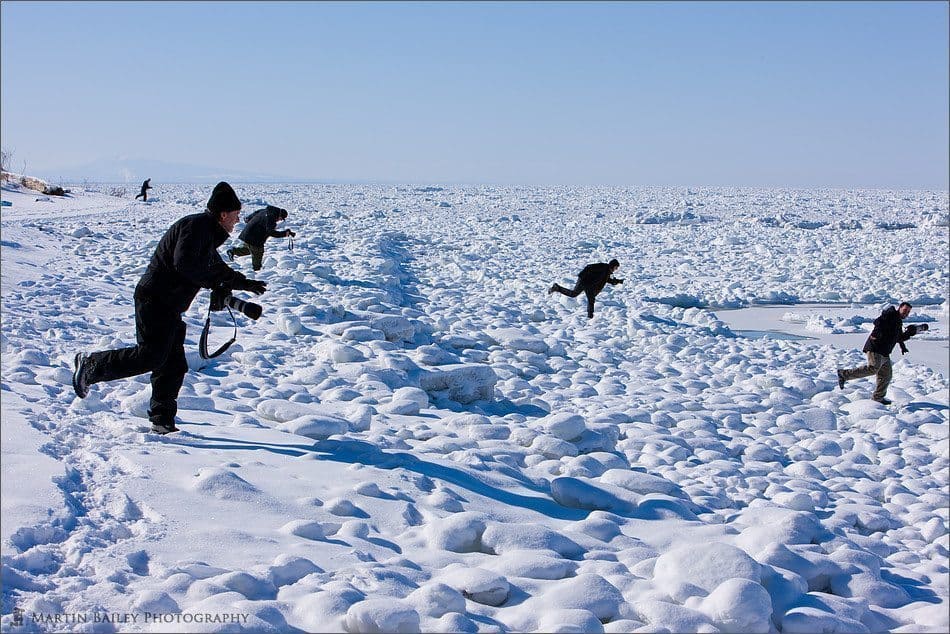
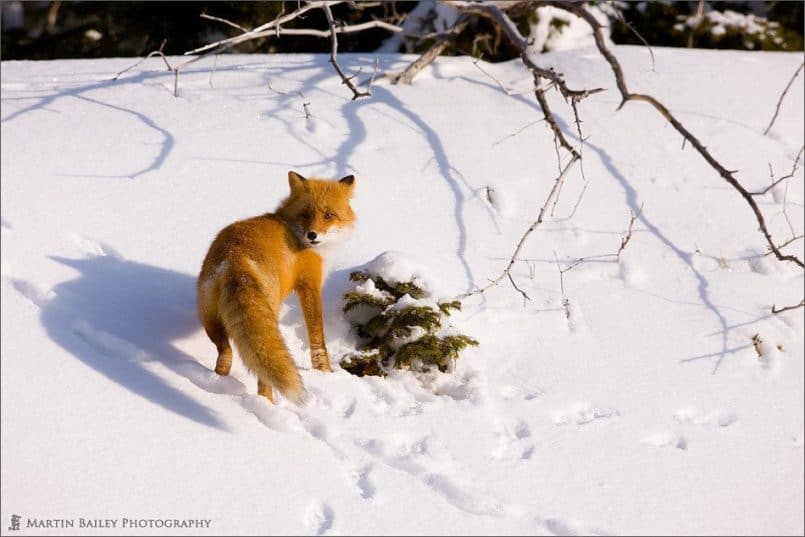
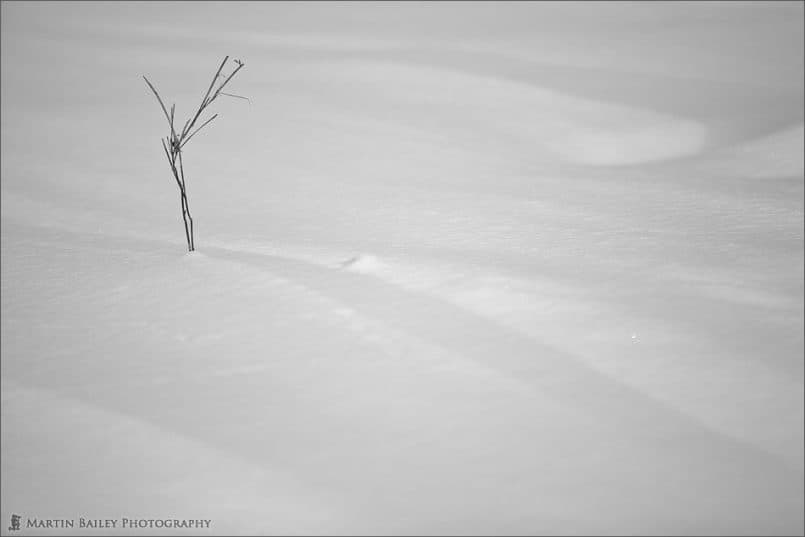
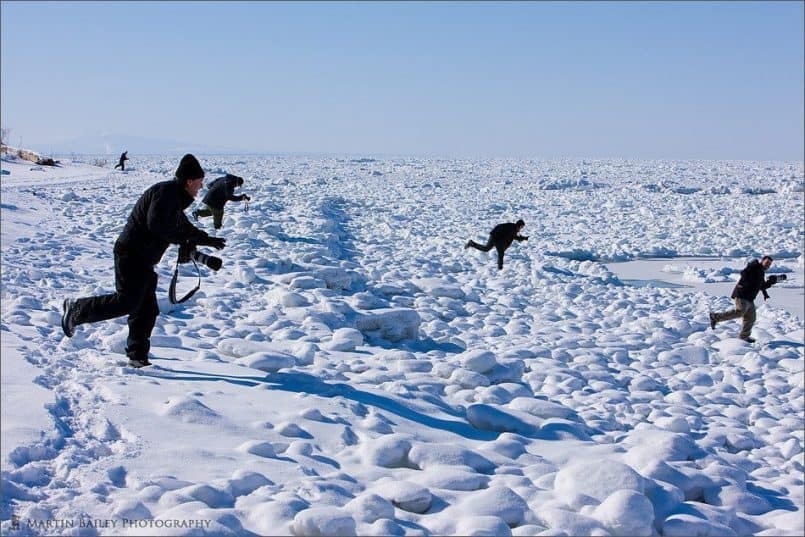
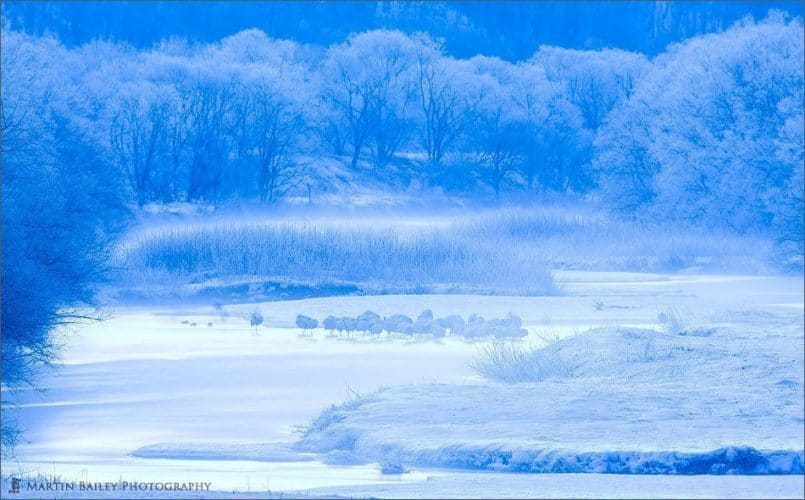

0 Comments